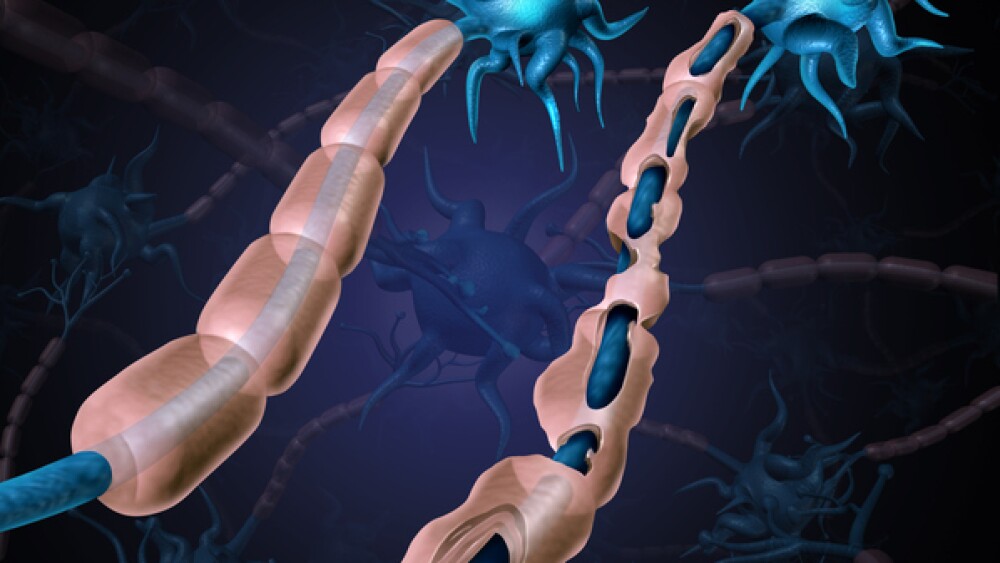Cervical dysplasia is classified as I, II, or III, depending on its severity. CIN I & II is considered a precancerous abnormality, but not an actual cancer, while CIN III is called carcinoma in situ, an early, non-invasive form of the disease. The more severe forms, late CIN II and CIN III, most often remain the same or worsen over time and can become cancerous if not treated properly.
Current treatments for CIN II and III can be extremely painful and traumatic. Women who develop CIN may have to endure an operation known as Loop Electrosurgical Excision Procedure or LEEP. The procedure involves the application of a local anesthetic and excision of part of the cervix. Because CIN III is the most severe precancerous change in the cervix, it is important to remove the cervical lesion as completely as possible. This procedure confers no immunity to future recurrence, and can result in an "incompetent cervix" which makes it difficult for pregnant women to bear full term pregnancies.
Advaxis, a New Jersey-based biotechnology company, is working on a less invasive approach for treatment of CIN II or III. The Advaxis research team has developed a vaccine drug candidate, Lovaxin C, which may kill these precancerous cells. The vaccine is based on the live bacteria Listeria, a bacterium found in dairy products.
The immune response that Listeria generates is known as "cellular" immunity, the type needed to attack cancer. Listeria is one of the strongest stimulators of cellular immunity. By safely redirecting the bacteria against specific tumor types, Advaxis has created a new, and potentially very effective, class of cancer therapy.
Recently, the company reported that their vaccine was found to be safe in women with advanced metastatic cervical cancer. Although efficacy was not a primary focus of the trial, efficacy findings were obtained. Of seven stable patients, three showed reductions in their tumor mass following treatment, and another patient had a significantly greater reduction in her tumor which, with further treatment, was completely eliminated. While most lesions increased in size, tumor reduction was seen in a number of lesions and two tumors disappeared completely.
According to international research, women remain at risk of developing cervical cancer twenty-five years after being treated for precancerous lesions. Rather ominously, recent studies have illustrated that cervical cancer is becoming both more prevalent and more difficult to treat.




